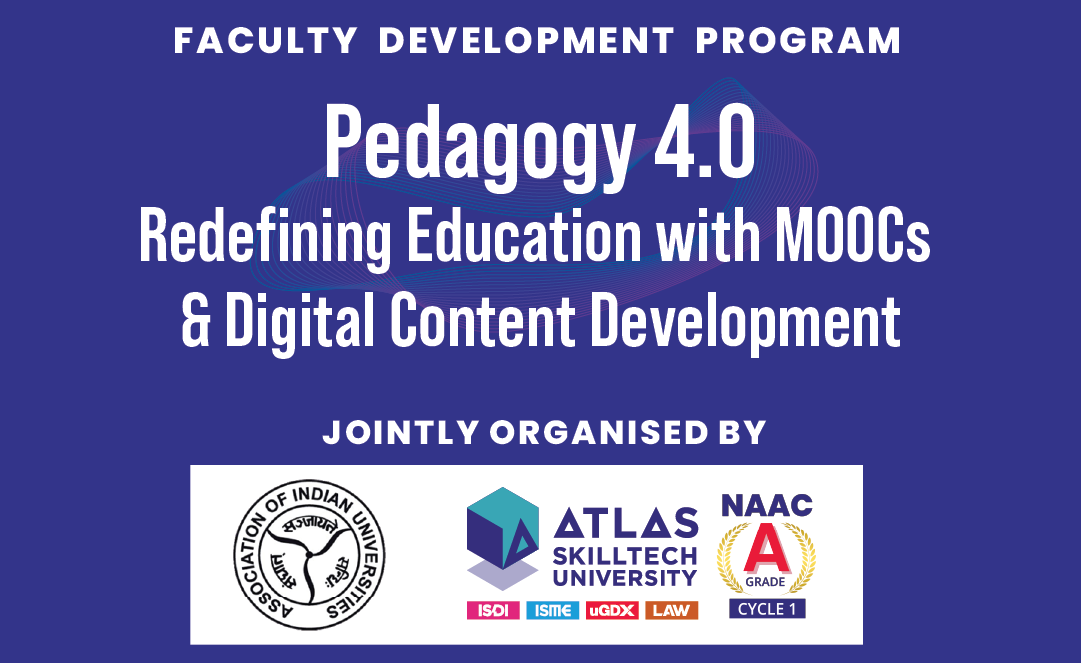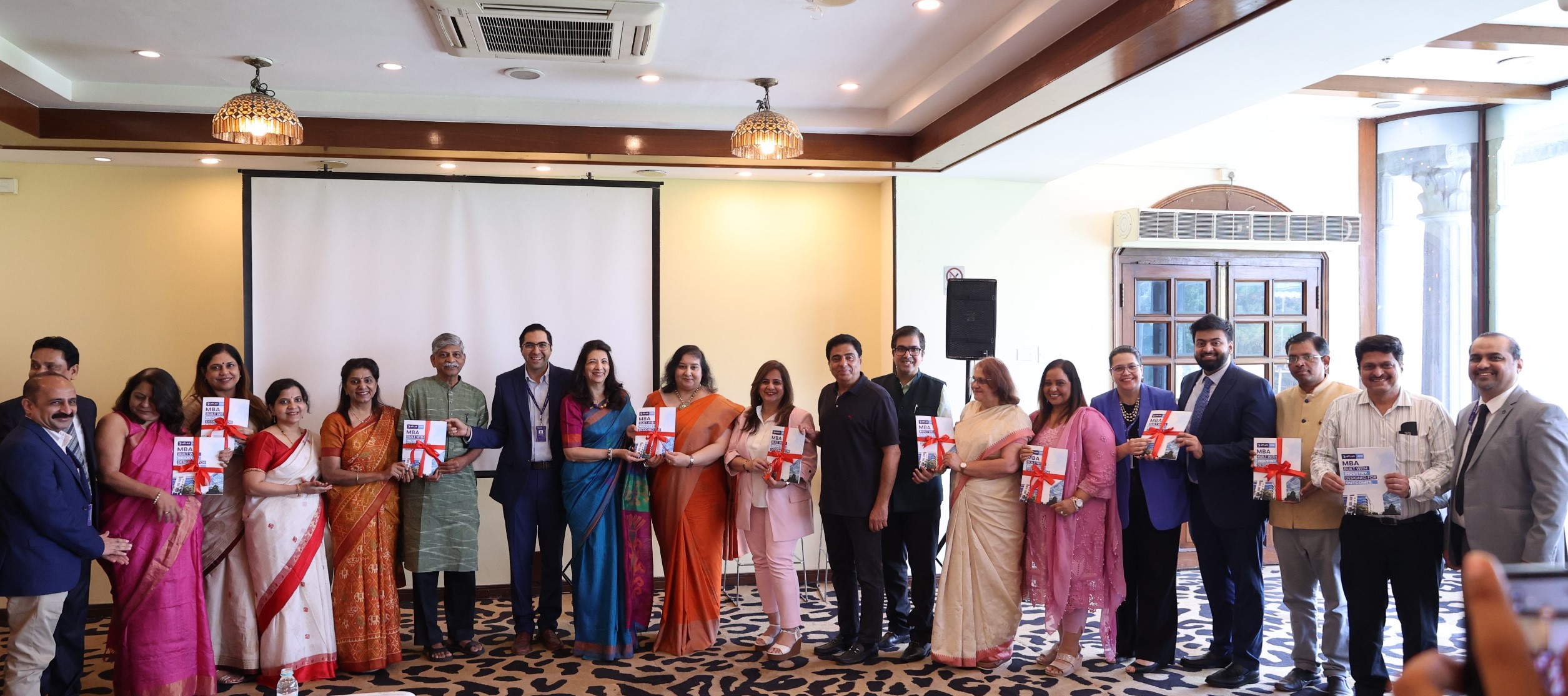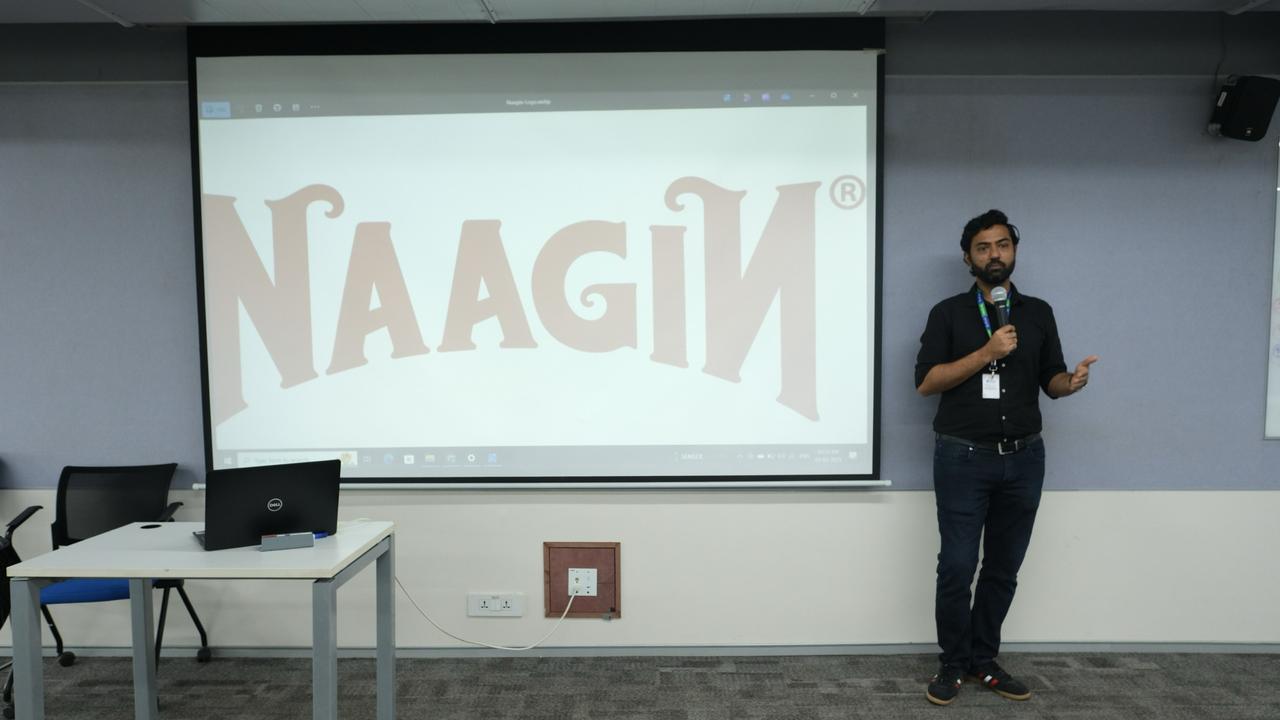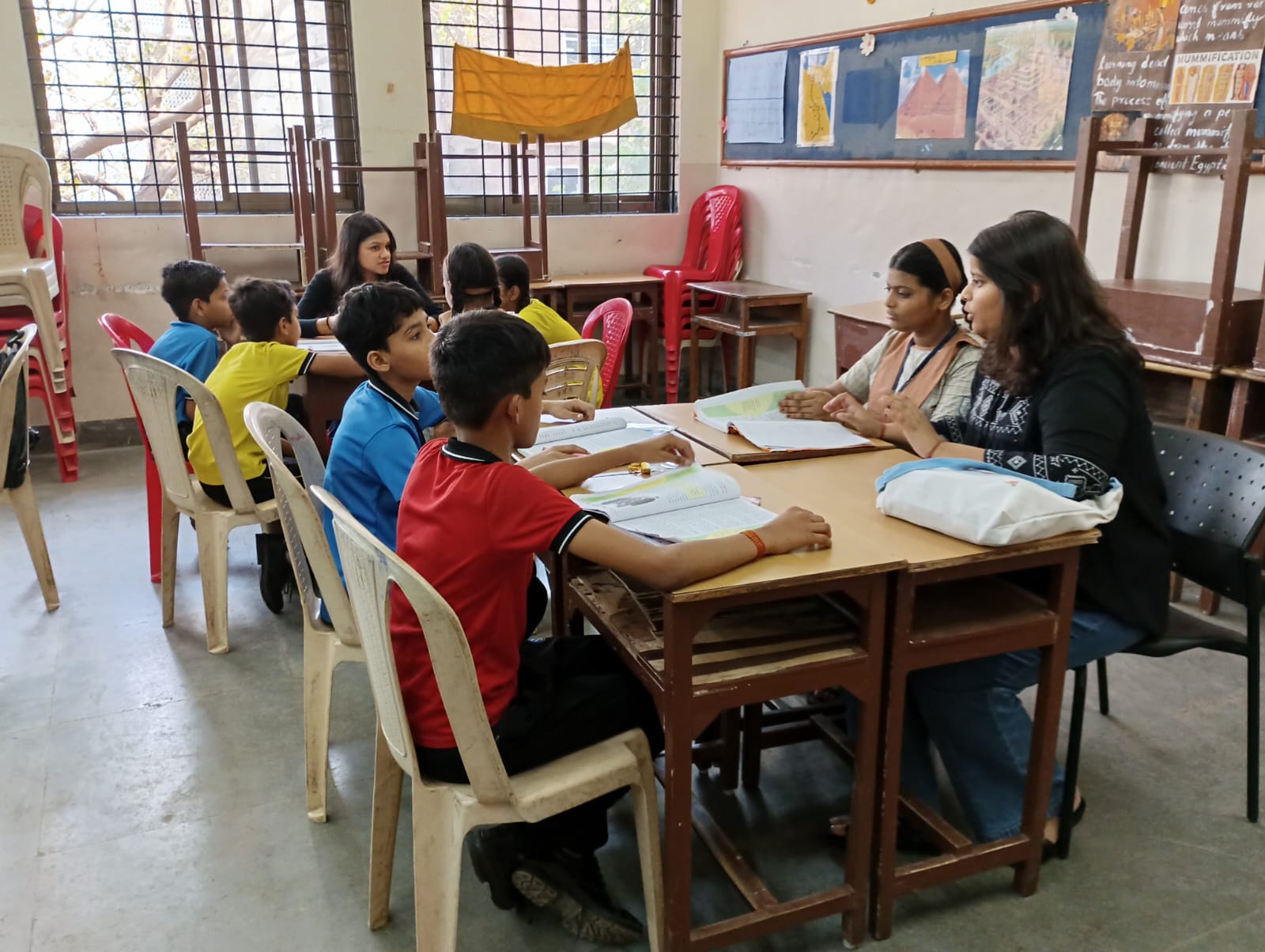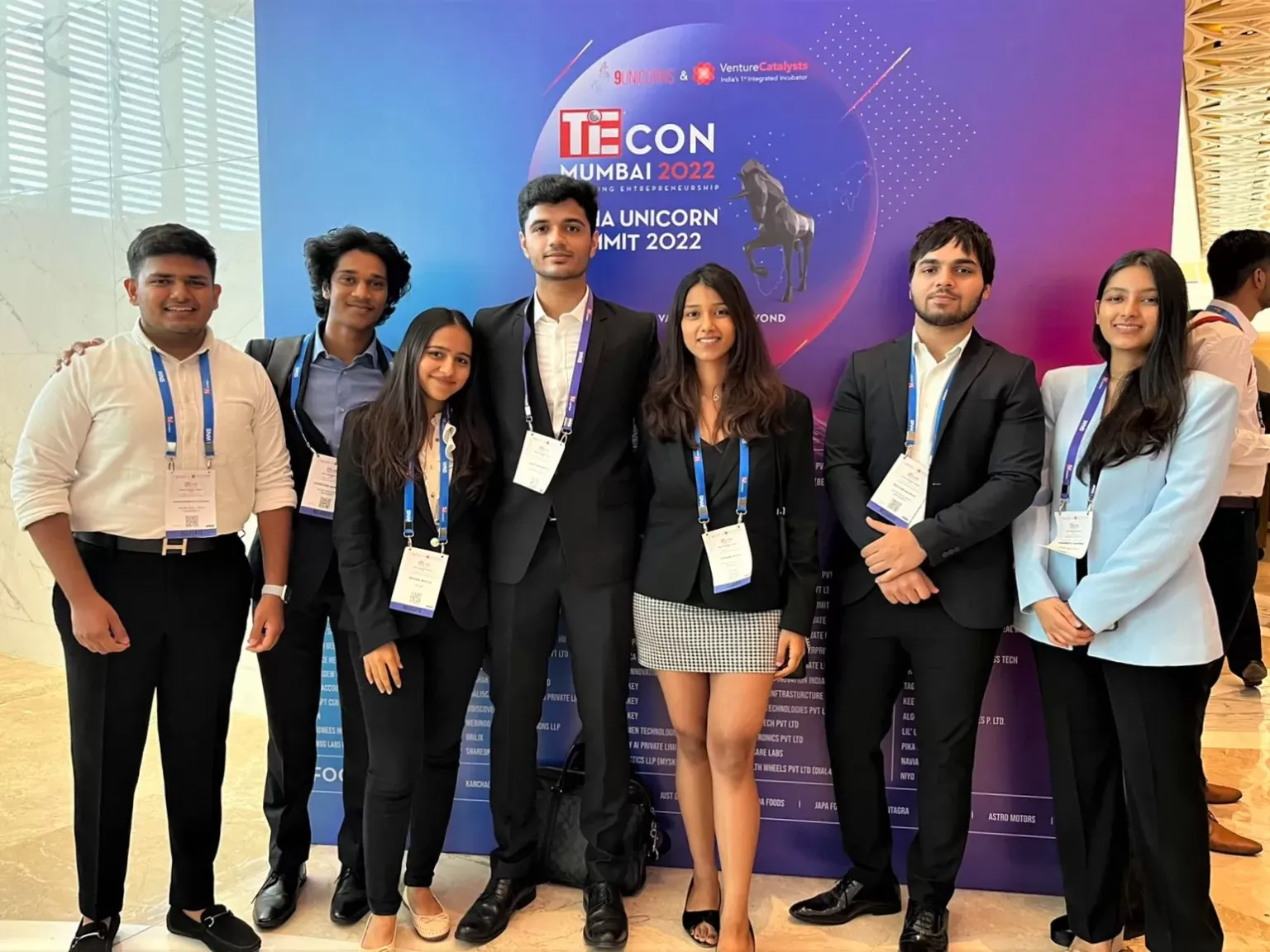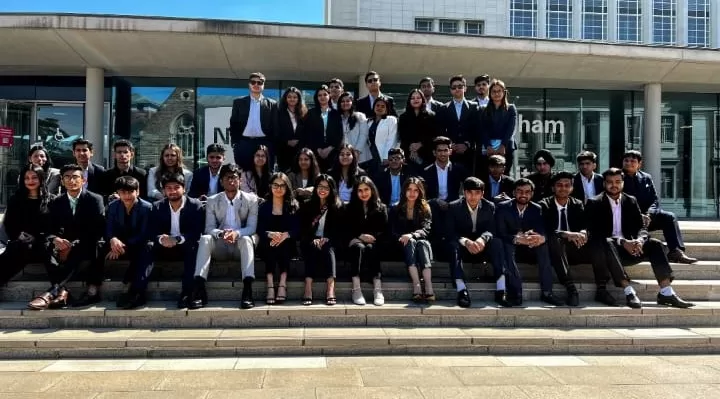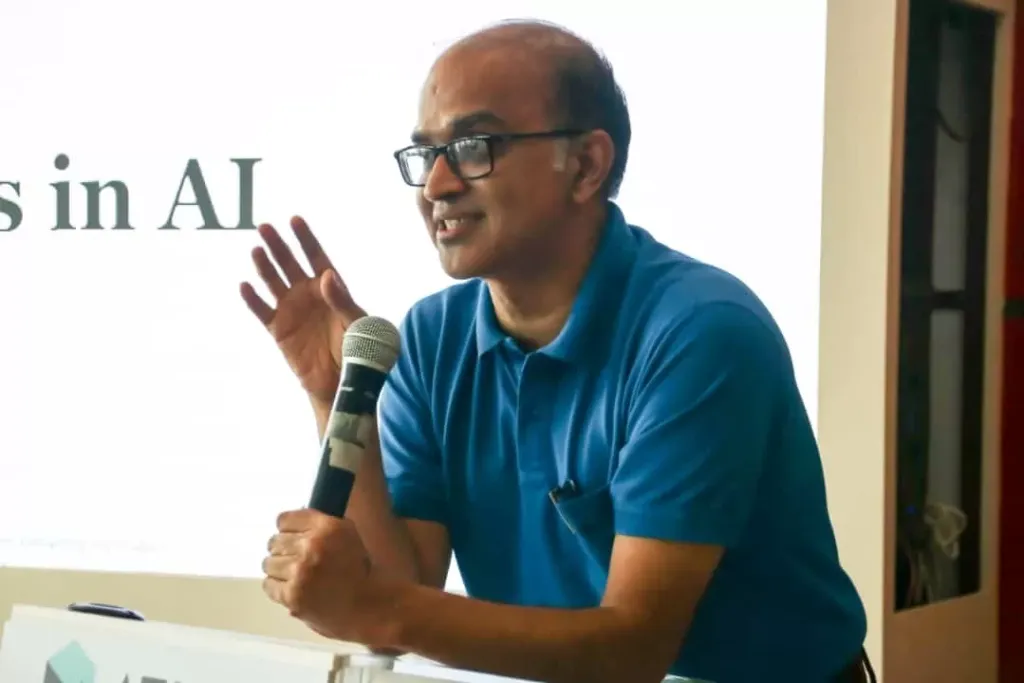ATLAS SkillTech University’s National Level Faculty Development Program Empowers Academia in Weeklong Event
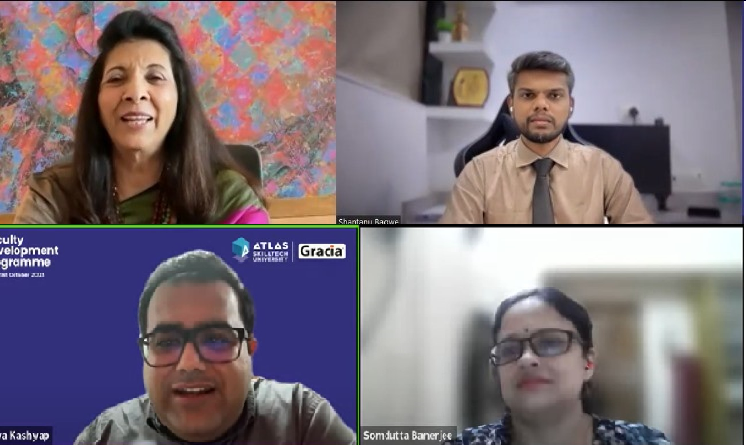
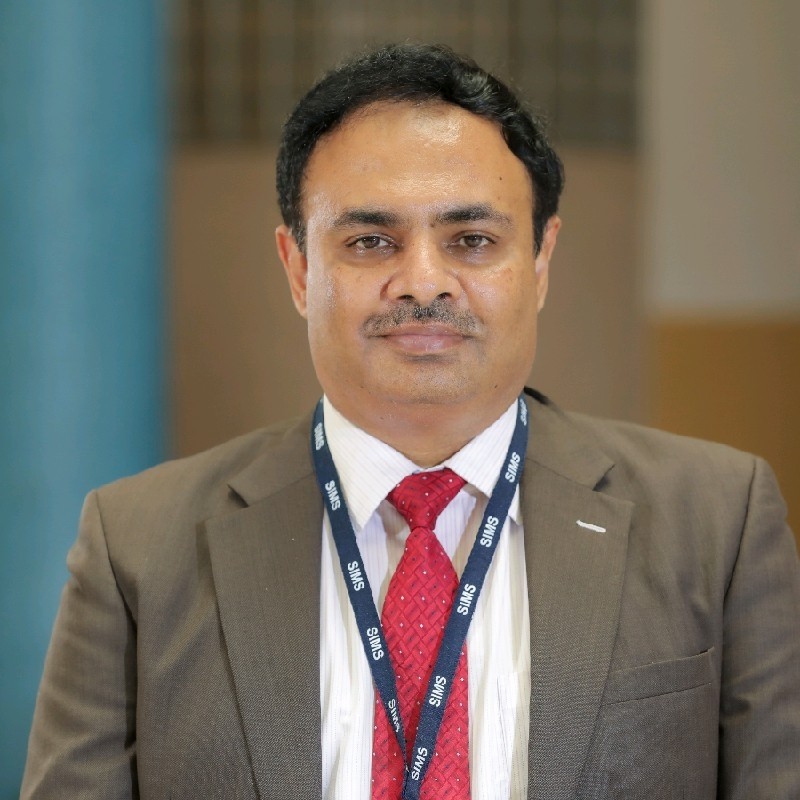
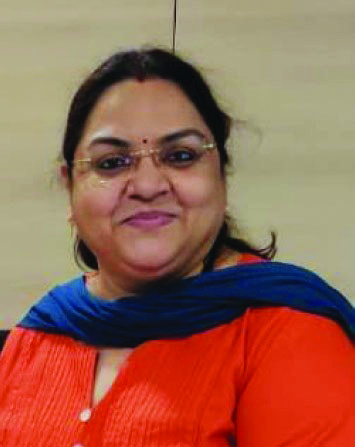
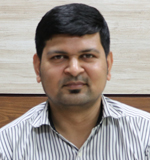
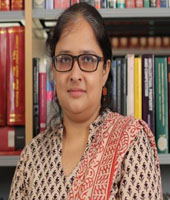
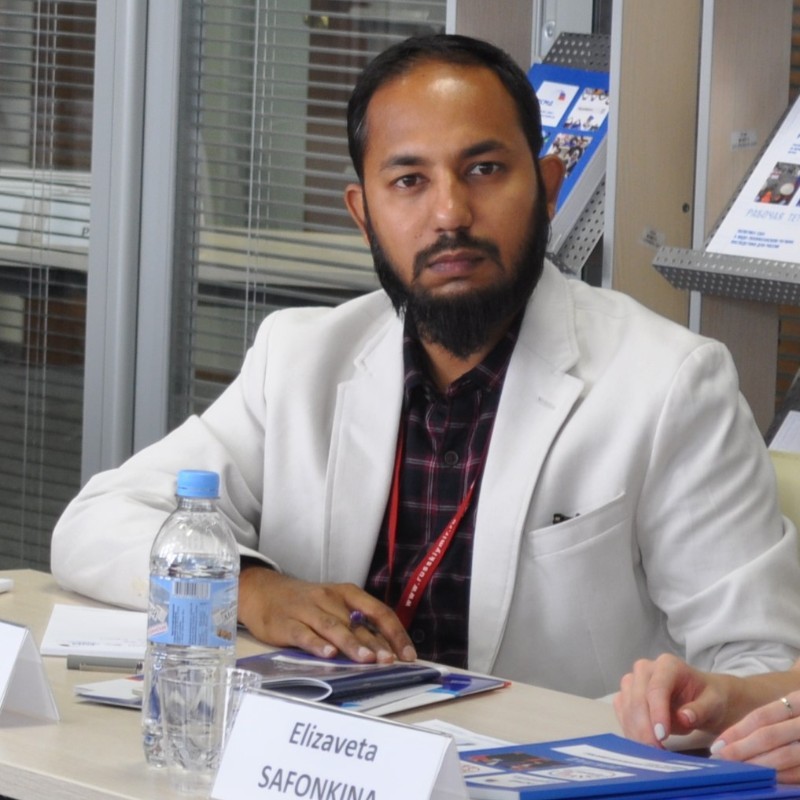
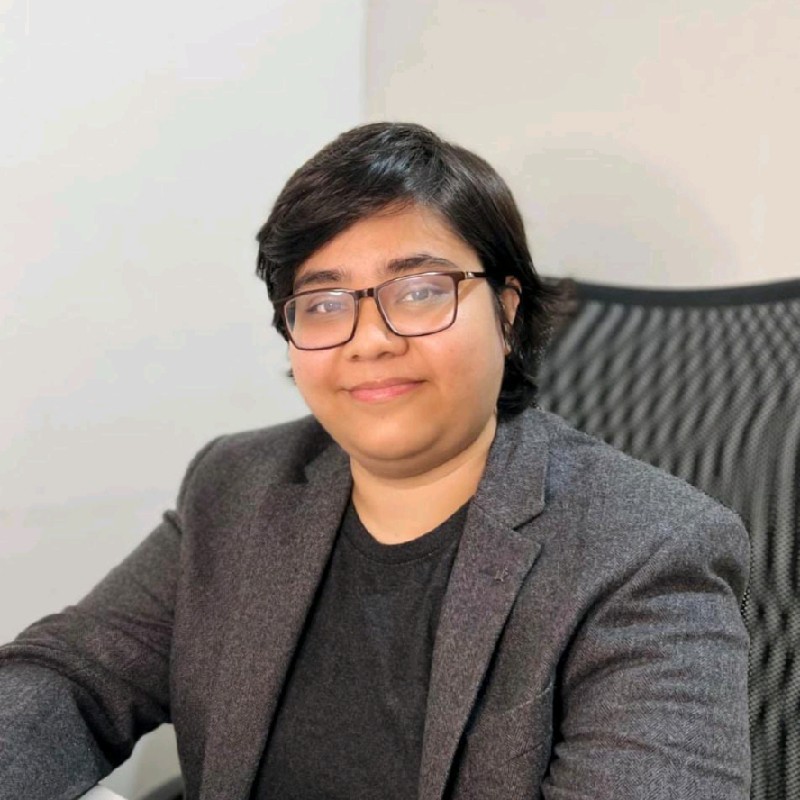
In the realm of academia, research plays the role of a harbinger of progress, nurturing innovation and broadening horizons. ATLAS SkillTech University’s Centre of Excellence for Transformative Education, in association with a leading consulting firm Gracia and in collaboration with experts from prestigious educational institutions across the country, recently organised a weeklong virtual National Level Faculty Development Program which explored the vital role of research, empowering over 1400+ educators in across the country. We unveiled an immersive week of discovery and empowerment, fostering the spirit of research and innovation. This collaborative effort, propelled by a shared commitment to knowledge, signified the transformative power of research.
Day 1: Fundamentals of Research Project Management by Dr. Rohit Bansal
The National Level Faculty Development Program, organised by ATLAS SkillTech University, commenced with an enlightening session on the “Fundamentals of Research Project Management” led by Dr. Rohit Bansal, an Associate Professor at the Rajiv Gandhi Institute of Petroleum Technology. The session provided a comprehensive overview of research project management, emphasising its importance, challenges and key steps involved in initiating a research project in India.
About Dr. Rohit Bansal
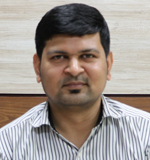
Dr. Rohit Bansal, Ph.D. in Finance from IIT Roorkee, is an Associate Professor at the Department of Management Studies with over a decade of experience in research and teaching. His expertise spans Behavior Finance, Corporate Finance, Sustainable Finance, and Financial Services. He has a substantial publication record and serves as a reviewer for esteemed journals. Dr. Bansal also conducts training programs for professionals across various sectors, benefiting numerous executives.
The Significance of Research Project Management
Dr. Rohit Bansal began by highlighting the pivotal role of research project management in scientific inquiry. He stressed that effective research project management acts as a guiding compass throughout the research process, ensuring that objectives are met on time and within budget. It facilitates resource allocation, risk assessment, quality assurance and fosters teamwork, clear communication and documentation, all vital components of multidisciplinary research. Ultimately, efficient project management enhances the standing of research, accelerates scientific progress and maximises the potential for discoveries that benefit society.
Challenges in Managing Research Projects
The session discussed the challenges associated with research project management, including inherent unpredictability, resource limitations, complex tasks, interdisciplinary collaboration, scope changes, data management, literature review, grants and funding, external factors, effective communication and publishing and dissemination.
The Importance of Time Management
Dr. Bansal stressed the critical role of time management in research initiatives. Time management is essential for meeting deadlines, balancing production and exploration, adapting to change and ensuring quality assurance in research projects.
Classic Research Project Stages
The session provided a breakdown of the classic stages in a research project, from identifying a research problem to interpreting research findings, documenting the process and publishing and disseminating the results.
Steps for Starting a Research Project in India
The report detailed the systematic steps to initiate a research project in India, including choosing a research subject, conducting a literature review, creating a research proposal, finding financing, obtaining institutional approval, planning and data collection, data analysis, interpretation, documentation, publishing, collaboration and networking, resource and tool procurement, time and budget management, quality control, dissemination, feedback and revisions, ethics and compliance and the importance of patience and persistence.
Dr. Rohit Bansal’s session on the fundamentals of research project management provided participants with a holistic understanding of the importance of project management in research endeavors. It addressed the challenges that researchers often face and outlined the key steps to initiate and successfully manage research projects in the Indian context. The presentation emphasised the significance of time management, ethical considerations, budget management, and quality control, underscoring the importance of effective research management in producing high-impact research outcomes.
Day 2: Grant Proposal Writing and Submission for Minor and Major Research Projects by Sukanya Dikshit
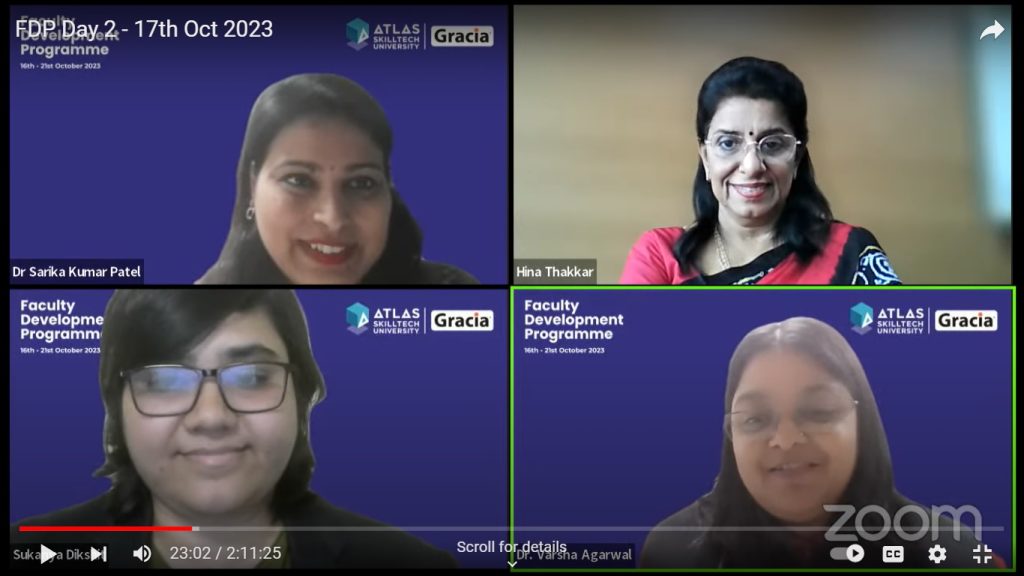
The second day of the National Level Faculty Development Program brought an enlightening session on “Grant Proposal Writing and Submission,” led by Sukanya Dikshit, Assistant Professor, ATLAS SkillTech University. This report encapsulates the key elements, insights, and valuable advice shared during the session.
About Sukanya Dikshit
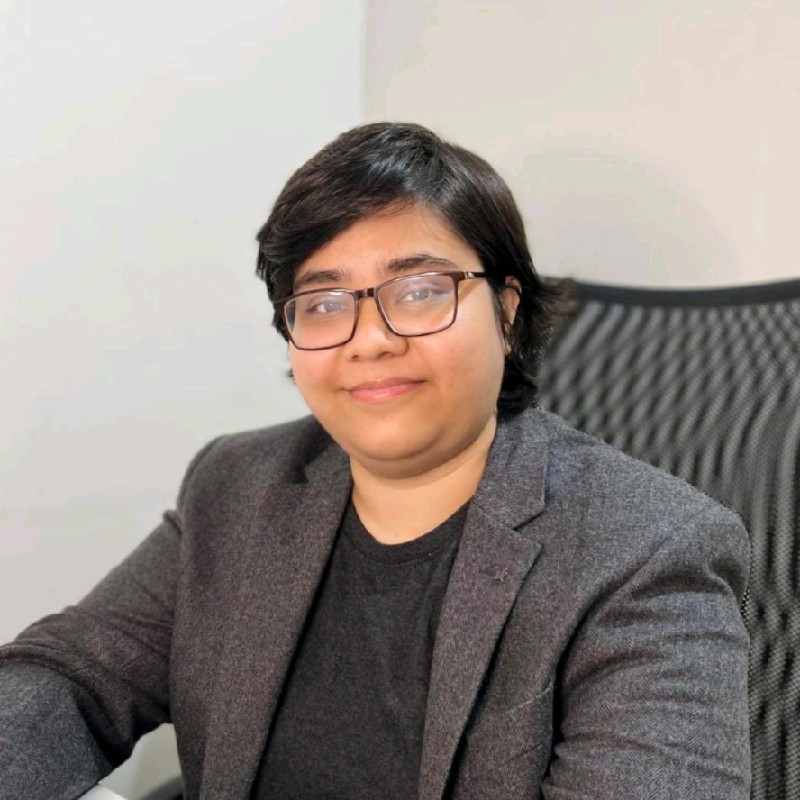
Sukanya Dikshit, an accomplished entrepreneur with STEM expertise, holds a Biotechnology post-graduate degree from IIT Roorkee and an MBA in Entrepreneurship from Gujarat University. She’s founded three start-ups, played a key role in their success and contributed to boards and advisory roles in the startup ecosystem. Currently, she leads Werehab Technologies, specialising in data-driven rehabilitation, gaining recognition for innovative solutions. Sukanya’s academic journey and industry experience position her as an Assistant Professor at ATLAS Skilltech University, Mumbai.
Elements of Grant Success
Sukanya Dikshit began by highlighting the critical components that contribute to the success of grant proposals. She identified these elements as “Good ideas, Good Timings, Good Presentations, Good Reviewers, Good Luck and Good Grantsmanship.” It was emphasised that crafting a compelling grant proposal involves more than just the quality of the research idea; it encompasses a combination of these factors.
Writing for the Reviewers
The speaker provided two fundamental rules for grant proposal writing:
Rule 1: Grant applications should not be written for self-satisfaction. Instead, they must convincingly address the entire review committee and the funding agency. The proposal should be presented in a way that resonates with the interests and objectives of the reviewers and the funding agency.
Rule 2: Reviewers read grant applications because it is their duty, not their preference. As such, it is crucial to write in a manner that makes it easy for reviewers to understand the proposal’s significance, methodology and expected outcomes.
Elements of Effective Proposal Writing
To engage reviewers effectively, Dikshit recommended organising the application logically, focusing on what the research aims to achieve, why it matters, how it will be done, what the expected outcomes are and why it is a worthwhile endeavor. In essence, a well-crafted proposal should address these fundamental questions:
What do you want to do?
Why do you want to do it?
How are you going to do it?
What are the expected outcomes?
Why is it valuable?
The Essence of a Good Idea
A key theme underscored was the importance of a “good idea” in grant proposals. A good idea is one that addresses a critical problem, advances scientific knowledge, builds on or extends the existing knowledge base, and has the potential to make a substantial difference.
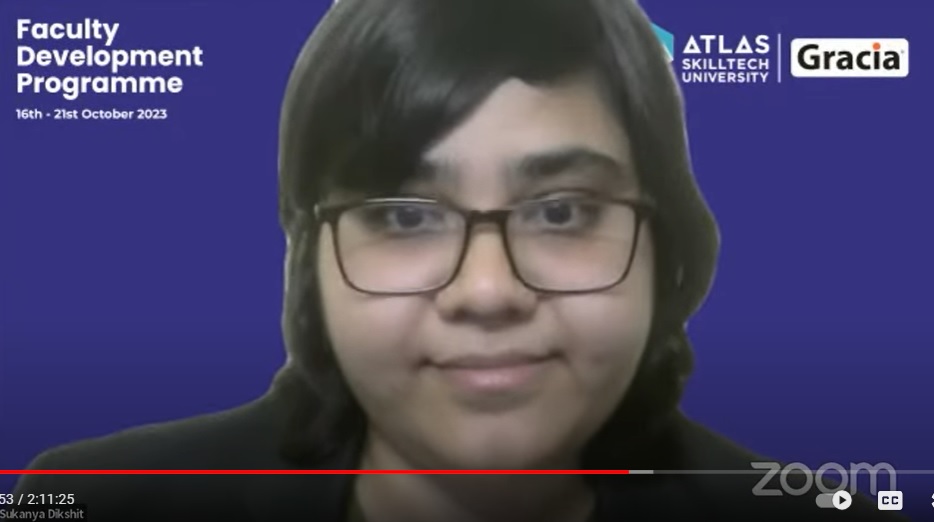
The Importance of Organisation
Maintaining organisation throughout the proposal was emphasised. It starts with the development of a logical outline that includes major and minor section headings. The organisation should be intuitive, making it easy for reviewers to navigate and understand the proposal. In essence, the aim is to make it effortless for reviewers to grasp the significance of the research.
Good Grantsmanship
Good grantsmanship was presented as a fundamental principle of proposal writing. Key principles for achieving success in grant writing were discussed:
- Understanding the mission of the funding agency.
- Grasping the process of peer review.
- Collaborating with experts in areas where you lack experience or training.
- Acknowledging that grant writing is a learned skill and a full-time job.
The Role of Luck in Grant Success
The speaker made an interesting assertion that good luck is, in fact, a consequence of several factors, including good ideas, good presentation, good timing, good reviewers and good grantsmanship. The element of luck should not be solely relied upon but rather cultivated through these other essential components.
Determinants of Grant Funding
The presentation outlined key factors that determine which grants are funded, including:
- Scientific Merit: The quality of the research proposal, its significance and methodological soundness.
- Program Considerations: The fit of the proposed research with the agency’s mission and the specific needs of the funding agency.
- Availability of Funds: The availability of financial resources to support the proposed research.
Effective Communication
Throughout the session, the importance of effective communication was reinforced. It was advised to express what you mean clearly and unambiguously. Reviewers should not be expected to infer unstated information and it is essential to hold their hand through the proposal.
Proposal Structure and Significance
Sukanya Dikshit stressed the importance of organising a grant proposal into clear sections like specific aims, background and significance, preliminary data, research design, outcomes and impact. These sections must be well-structured and interconnected, demonstrating the significance and feasibility of the research.
What Is a Proposal?
A grant proposal was defined as a request for financial support, which is essentially an argument or chain of reasoning. It identifies a critical problem and outlines how it will be resolved. Importantly, the proposal is not an opportunity to showcase one’s intelligence or provide an exhaustive review of existing knowledge.
Critical Features of a Proposal
The critical elements of a proposal include assessing the significance of the research, evaluating its novelty, and determining its feasibility. Furthermore, feasibility goes beyond the research itself to consider whether the applicant has the capacity to execute the research.
Key Components of a Grant Proposal
The session detailed the components of a grant proposal, equating them to a research paper:
- Specific Aims: Comparable to the abstract.
- Background and Significance: Equivalent to the introduction.
- Preliminary Data: Analogous to results.
- Research Design: Similar to methods.
- Presentation of Specific Aims
Sukanya Dikshit provided insight into the presentation of specific aims, stressing the significance of avoiding common mistakes and using examples of well-structured specific aims.
Common Mistakes in Background and Significance
The session highlighted the common pitfalls in the background and significance section, such as overloading with information, providing too little information, failing to make connections, lack of organisation and veering into biased territory. It was underlined that clarity, relevance and objectivity are crucial.
The Importance of Preliminary Data
The use of preliminary data in a grant proposal was emphasised. The speaker advised that each piece of data should be presented with clarity and accompanied by a conclusion that explicitly indicates its importance.
Research Design and Approach
For each aim or experiment within the proposal, it is crucial to provide a rationale for conducting these experiments, specify how they will inform the research question and outline the techniques that will be employed. The details must be comprehensive, addressing factors such as time points, doses, measurements, statistical approaches and the design of experiments.
Outcomes and Interpretations
The outcomes and interpretations of experiments should be presented with a clear focus on how the experiment could turn out, what the interpretation would be and how it connects to the overall hypothesis.
Feasibility and Experimental Design
To ensure the feasibility of the research, the proposal should present a sound approach, a well-organised timeline, alternative plans in case of difficulties, available research facilities and compelling preliminary results.
Common Mistakes in Research Design
The session pointed out the common mistakes in research design, including failing to mention controls explicitly, not providing detailed interpretations, omitting the hypothesis and rationale, offering either too much or too little detail and ignoring potential results that contradict the hypothesis.
Addressing Weaknesses
Sukanya Dikshit acknowledged that every proposal has weaknesses. Rather than attempting to hide these weaknesses, it is essential to address them directly. Reviewers will inevitably identify these weaknesses, and it is better to acknowledge them and demonstrate strategies to mitigate them.
Effective Writing
The speaker outlined the hallmarks of good writing in a proposal, emphasising the need for clarity, precision, interesting prose, compelling visuals, conciseness without sacrificing clarity and a confident yet understated tone.
Common Writing Mistakes
The session warned against several common writing mistakes, including sacrificing clarity for brevity, writing from the wrong perspective, including unnecessary words and phrases, excessive use of adjectives and adverbs, mixing formal and informal language, redundancy, imprecision, poor organisation, inconsistent styling, verbosity, excessive caution, overstatement of conclusions and implying rather than stating conclusions clearly.
Citing References
When citing references, it was recommended to include a manageable number of references (15-30) and avoid excessive referencing that can hinder readability.
Effective Proposal Writing
The session concluded by highlighting the steps to write an effective proposal:
- Create a detailed outline.
- Draft the proposal.
- Revise, revise, and revise.
- Seek feedback from colleagues outside your immediate circle.
- Obtain feedback from critical, honest, and knowledgeable reviewers.
- Proofread by reading the proposal aloud.
The session on “Grant Proposal Writing and Submission” by Sukanya Dikshit provided invaluable insights into crafting successful grant proposals. The principles and practical advice shared are instrumental in enhancing the quality of grant applications and increasing the chances of securing funding. Clear communication, meticulous organisation, compelling evidence and effective writing are the cornerstones of a persuasive proposal. With these insights, faculty members and researchers can better navigate the competitive world of research funding.
Day 3: Budgeting, Financial Management and Reporting by Dr. Mohd Nayyar Rahman
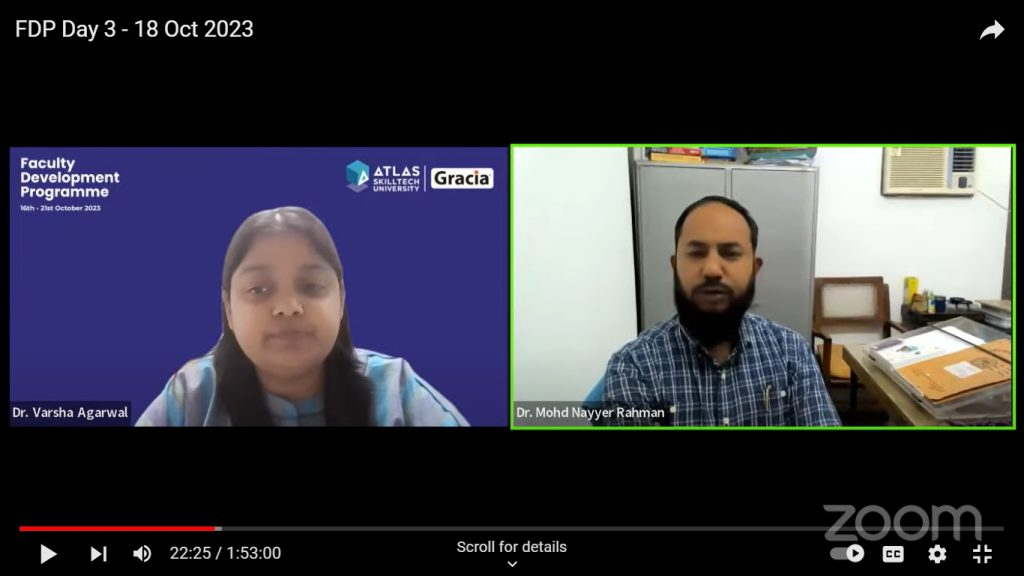
The third day of the National Level Faculty Development Program featured a comprehensive session conducted by Dr. Mohd Nayyar Rahman, Assistant Professor, Aligarth Muslim University. This session was devoted to the crucial aspects of budgeting, financial management and reporting for funded research projects. The session provided invaluable insights into managing the financial aspects of research projects and offered guidance on effective budget allocation.
About Dr. Mohd Nayyar Rahman
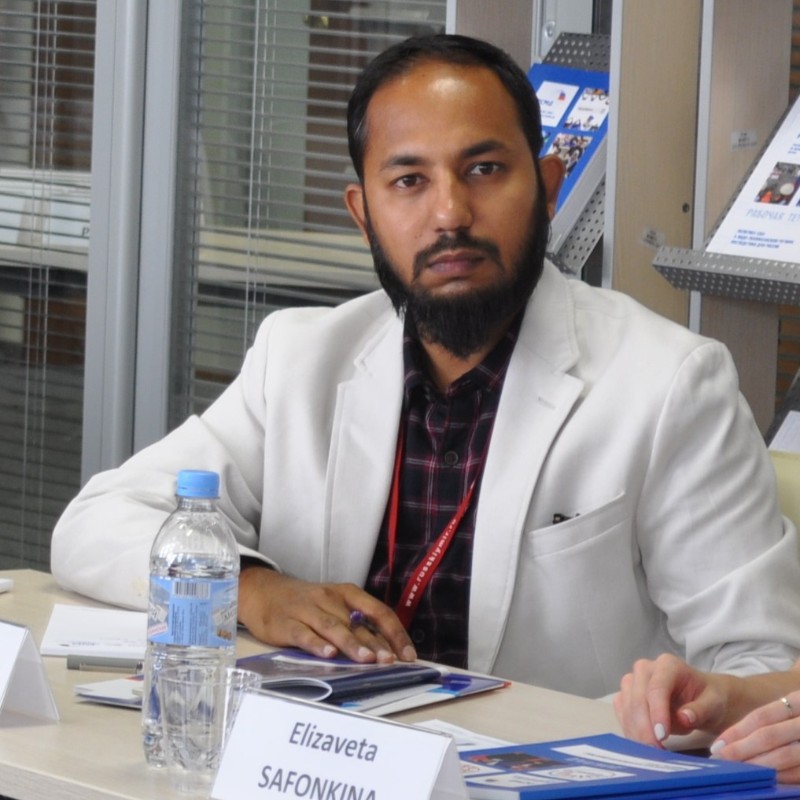
Mohd Nayyer Rahman, Assistant Professor at Aligarh Muslim University’s Department of Commerce, specializes in International Business. He serves as Guest Editor for Research in Globalisation and Journal of Economic and Administrative Sciences. Additionally, he co-directs an ICSSR-Major Research Project on “FDI Inflows in India in a post-Covid-19 scenario.” Rahman’s global representation and research contributions are well-recognised, including appreciation from the Government of Poland for co-hosting the United Nations Internet Governance Forum in 2021. His work is published in esteemed journals and he holds prestigious research fellowships from ICSSR and UGC.
I. Budgeting
Cost of Human Resources
The session emphasised the importance of allocating resources for project staff. This includes the Project Director, Co-Director, Research Associate, Research Assistant, Field Investigators and Hired Fellows, with an emphasis on outcomes.
Cost of Other Resources
Dr. Rahman highlighted the various resources necessary for research projects, including Data Collection Tools, Data Set Subscriptions, Traveling, Logistics, Computational Requirements and more.
Heads of Expenditure
The budget allocation is detailed, considering the total number of staff required, the time duration and the rates of remuneration for each category. These categories include Research Staff (Research Associate, Research Assistant, Field Investigator, Field Work), Field Work, Equipment & Study Material, Contingency and Publication of Reports.
Publication Allocation
It was noted that the allocation for publication would be retained by ICSSR for the final report’s publication if it is deemed of high quality by experts appointed by ICSSR.
Affiliating Institutional Overheads
Institutional overheads were addressed as a consideration, with affiliating institutional overheads set at 5% of the approved budget or Rs. 1 lakh, whichever is less.
II. Financial Management
General Financial Rules, GOI
Dr. Rahman stressed the significance of adhering to the General Financial Rules established by the Government of India.
Maintenance of Ledger Accounts
A structured system for maintaining ledger accounts under each budgetary head was encouraged, ensuring transparency and accountability.
Stock Register
Keeping a detailed stock register was identified as a vital aspect of financial management.
Annual Expenditure Report
The importance of submitting an Annual Expenditure Report, duly approved by the competent authority, was emphasized.
Preferred Procurement Methods
It was recommended to use e-gem purchase or work through a purchase committee, ensuring compliance with financial regulations.
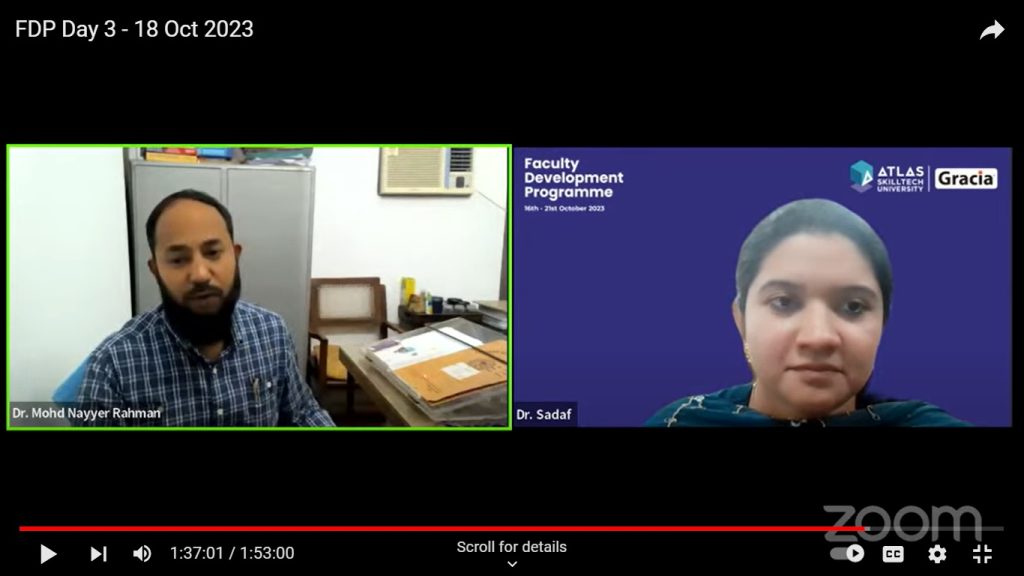
III. Project Reporting
Dr. Rahman emphasised the importance of timely and accurate reporting for funded research projects. The following points were discussed:
Progress Reports
Researchers should submit regular progress reports according to the specified format.
Grant-in-Aid Bills
Ensuring that all grant-in-aid bills are duly signed by the competent authority.
Milestones Achievement
The presentation of milestones reached as outlined in the proposal.
Project Reports
In-depth project reports, including an executive summary.
Delays and Reasons
Providing a detailed report on the reasons for any project delays.
Practical Samples
Throughout the session, Dr. Rahman provided practical samples of Grant-in-Aid bills, budget statements and answered participants’ queries regarding budgeting, financial management and reporting in funded research projects.
Dr. Mohd Nayyar Rahman’s session provided participants with a comprehensive understanding of the intricacies involved in budgeting, financial management and reporting for funded research projects. His emphasis on adherence to financial regulations, the significance of timely reporting, and efficient resource allocation serves as a valuable guide for researchers and institutions engaged in research projects. The insights gained from this session will undoubtedly contribute to the successful execution of funded research endeavors.
Day 4: Effective Data Collection and Analysis by Dr. SomDutta Banerjee

Day 4 of the National Level Faculty Development Program featured an in-depth session on “Effective Data Collection and Analysis” conducted by Dr. SomDutta Banerjee, Senior Research Fellow, Centre for WTO Studies, IIFT. The session provided a comprehensive overview of research methodology, focusing on two core dimensions: data collection and data analysis.
About Dr. SomDutta Banerjee
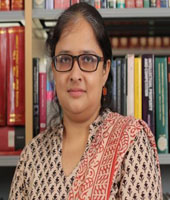
Dr. Somdutta Banerjee, Senior Research Fellow at the Centre for WTO Studies, IIFT, New Delhi, boasts extensive experience in data analysis and collection across multiple domains. Her expertise encompasses International Trade, Environmental Economics, Technology, Innovation, International Economics, Tariff and Non-Tariff Measures, Trade-Environment Linkage and Sustainability. She has led data collection for various government projects, collaborating with esteemed institutions. With a strong publication record and numerous research paper presentations, she is a recognised authority in her field.
Research Methodology
Two Dimensions of Research Methodology
- Data Collection: The process of gathering information or data for research.
- Data Analysis: The systematic examination and interpretation of data.
Data Collection
The session delved into several aspects of data collection, including:
- Primary or Secondary Data: The choice between primary data (original data collected for the specific research) and secondary data (data collected by someone else for a different purpose).
- Sample or Population: Deciding whether to collect data from a sample (subset of the population) or the entire population.
- Quantitative, Qualitative, or Mixed Methods: The methodological approach to data collection, which could be quantitative (numeric data), qualitative (text-based data), or a combination of both.
- Online or Offline Data Collection: Considering the mode of data collection, whether it’s conducted online or offline.
Funded Projects
For funded research projects, it is essential to consider the requirements of funders, the Terms of Reference (TOR), budget allocation, resource strength, limited time, and the need for clarification from funders when necessary.
Secondary Data
The session highlighted the importance of discussing the source of secondary data, the methodology used for data collection, respondent selection, reference period, and the type of information collected and used in the study.
Primary Data Collection
Before embarking on primary data collection, researchers should establish what data they need, what information is required, who can provide the necessary information, and the most suitable survey mode.
Sample Data Collection
This section explored various sampling methods, distinguishing between probability (random) and non-probability (non-random) methods. Probability sampling includes Simple Random, Systematic, Stratified, Cluster, and Multistage sampling. Non-probability methods comprise Convenience, Judgment, Snowball, and Quota sampling. The choice of method should align with the objectives of the study.
Objectives of the Study
Research objectives play a crucial role in determining the appropriate data collection and sampling methods.
Data Collection – Questionnaire
The session provided insights into creating effective questionnaires, including what to include, how they should look, coding patterns, and whether they should feature open or closed-ended responses. An example of the National Sample Survey Office (NSSO) survey format was discussed.
Chances of Error
Researchers were encouraged to understand the motive behind sample surveys and consider sampling errors (when the sample doesn’t represent the entire population) and non-sampling errors (errors occurring during data collection).
Data Analysis
Data analysis is the process of making sense of collected data. The session addressed:
Estimation: Discussing point and interval estimation.
Hypothesis Testing: Explaining null and alternative hypotheses, decision criteria, and types of errors.
Sample Size Determination: Guidelines on how to decide on the appropriate sample size.
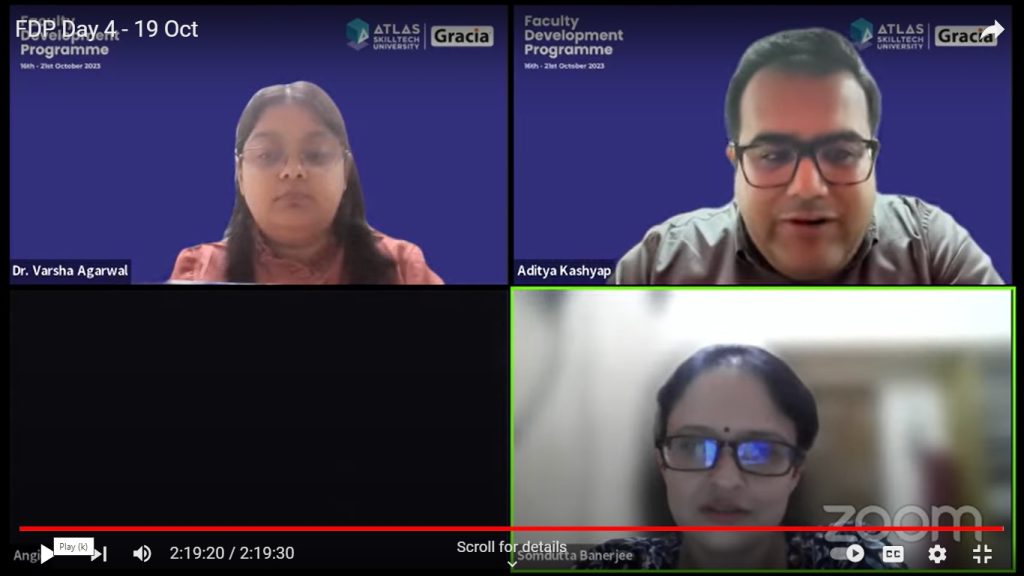
Quantitative Data and Econometric Analysis
The session touched on various data types, including cross-section, time series, and panel data. It also emphasized the choice of econometric tools based on the nature of the dependent variable (continuous, binary, categorical, or count data).
Deviation from CRM
The need for data exploration to understand the data’s characteristics and peculiarities.
Time Series Data Analysis
Exploring unit root tests, cointegration, and time series forecasting for analyzing time-dependent data.
Qualitative Research
The significance of qualitative research was discussed, highlighting its utility in gaining an in-depth understanding, exploring complex phenomena, contextualization, flexibility, theory development, and uncovering unexpected insights.
Steps in Qualitative Study
The session detailed the steps involved in qualitative research, including research question/objective, literature review, research design, sampling, data collection methods, and data analysis techniques.
Mixed Methods
The value of mixed methods for comprehensive understanding, triangulation, addressing research gaps, and enhancing research validity was also emphasized.
Dr. SomDutta Banerjee’s session on effective data collection and analysis provided participants with a robust foundation in research methodology. The comprehensive coverage of primary and secondary data, data collection techniques, sampling methods and data analysis tools equips researchers with essential knowledge and skills for conducting high-quality research. The emphasis on choosing methods in alignment with research objectives and the value of mixed methods ensures that participants are well-prepared to address diverse research challenges.
Day 5: Project Dissemination & Sustainability by Dr. Komal Chopra
The final day of the National Level Faculty Development Program featured an enlightening session led by Dr. Komal Chopra, Associate Professor, Symbiosis Institute of Management Studies on “Project Dissemination & Sustainability.” The session provided comprehensive insights into the critical aspects of sharing research project results with a wider audience and ensuring the long-term impact and viability of projects. Here is a detailed report of the key highlights from the session.
About Dr. Komal Chopra
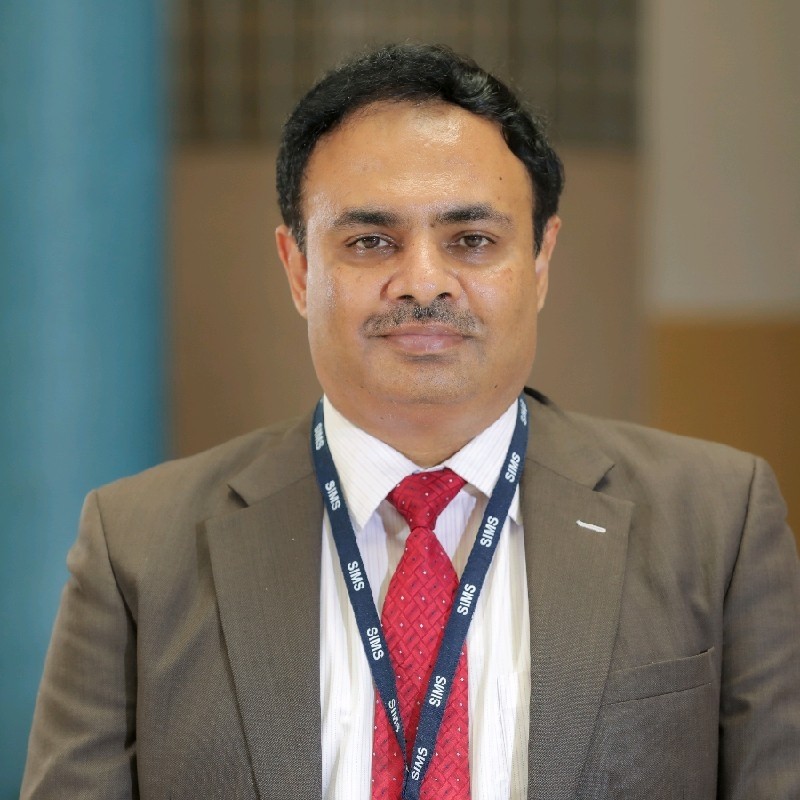
Dr. Komal Chopra, an Associate Professor at Symbiosis Institute of Management Studies, Pune since 2008, is a recipient of research grants from the Ministry of HRD and the Ministry of Corporate Affairs. With extensive experience in consultancy and contributions to development projects, Dr. Chopra has delivered speeches at various MDPs for renowned organizations. His work has significantly impacted both industry and academia.
Understanding Project Dissemination
Project dissemination is an integral step in research project management. It involves sharing the results, findings, and outcomes of a project with a broader audience to create a meaningful impact. Dr. Komal Chopra emphasized that effective dissemination is vital for projects of various types, including government projects, corporate projects, academic projects, and social projects.
Types of Funded Projects
The session began by categorising funded projects into four main types:
- Government Projects: These projects can be research-oriented or implementation-focused and often involve partnering with government agencies to address specific issues. The outcomes of government projects may have significant policy implications.
- Corporate Projects: Corporate projects typically revolve around consulting assignments, where researchers work with businesses to provide insights, solutions, and recommendations for various challenges. These projects are often focused on generating profits and achieving a return on investment.
- Academic Projects: Academic projects primarily aim at advancing knowledge in a particular field. They often involve rigorous research, theory development, and testing, contributing to academic impact and pedagogy.
- Social Projects: Social projects encompass a wide range of consulting, research, and implementation initiatives aimed at addressing social issues. These projects are characterized by their emphasis on social impact, inclusivity, and long-term sustainability.
Mediums for Dissemination
Dr. Chopra highlighted various mediums for effective project dissemination:
- Social Media: Platforms like ResearchGate and Academia.edu are designed for researchers to share publications, collaborate, and receive feedback on their work. Social media platforms such as LinkedIn and Reddit can also be used for networking and sharing research findings.
- Videos: Creating high-quality videos and establishing a research-focused YouTube channel can be an effective way to disseminate research findings. Ethical considerations, infographics, and collaborations with YouTubers in the same field were discussed as important aspects of video dissemination.
- Case Studies: Case studies provide a structured approach to presenting research outcomes. They typically include an introduction, background, problem statement, analysis, solutions or recommendations, conclusion, and references.
- Blogs: Blogs offer a platform for sharing research insights. Several avenues were suggested, including WordPress, science blogs like those from Scientific American, academic journal blogs, and ResearchGate.
- Articles, White Papers, and Research Papers: Sharing research findings through articles, white papers, and research papers is a traditional but effective method for dissemination.
- Professional Associations: Joining professional associations related to your field, such as ISTD, RAI, or SCAI, allows you to connect with professionals and present your research to a targeted audience.
- Community Groups: Engaging with local community groups to share research findings and address relevant issues was also highlighted.
Social Media
In the context of social media, Dr. Chopra discussed specific platforms and their characteristics:
- ResearchGate: Designed for researchers to share publications and collaborate.
- Academia.edu: Similar to ResearchGate, it provides a platform for academic collaboration.
- YouTube: Ideal for sharing visual content and educational material.
- LinkedIn: A professional networking platform for connecting with professionals and sharing research updates.
- Reddit: Subreddits relevant to research fields allow for discussions and sharing findings.
Videos
Creating impactful videos requires careful planning and execution. Key points included:
- Developing a structured storyline.
- Ensuring high video quality.
- Creating a dedicated research channel on platforms like YouTube and Ted ed.
- Engaging the audience and monitoring analytics.
- Ethical considerations in video content.
- Collaborating with YouTubers in the same field.
- Using infographics to enhance understanding.
Case Study Approach
When presenting research through case studies, a structured approach was recommended:
- Introduction: Provide an overview of the case and its relevance.
- Background: Describe the context, history, and relevant information.
- Problem Statement: Clearly define the problem or issue addressed in the case study.
- Analysis: Present data, findings, and insights from the research.
- Solutions or Recommendations: Offer potential solutions or recommendations to address the problem.
- Conclusion: Summarize key points and insights.
- References: Cite sources and references used in the case study.
Blogs
Blogs can be an effective medium for sharing research. Dr. Chopra mentioned various platforms and strategies:
- Utilise WordPress for creating and maintaining a blog.
- Explore science blogs from reputable sources like Scientific American and Discover Magazine.
- Many universities and research institutions have their own blogs or news sections for sharing faculty and student research.
- Academic journals may have associated blogs for publishing research highlights.
- Use visuals like charts and graphs to make blog content engaging.
- Implement SEO optimization to enhance discoverability.
Tools for Research
Several tools were suggested for different aspects of research and dissemination:
- Excel for creating graphs, pie charts, and tables.
- SPSS for statistical analysis.
- Tableau for analytical and dynamic dashboards.
- NVIVO for word generation and sentiment analysis.
- Questionpro for questionnaire creation and analysis.
- Project Dissemination by Project Type
How to present and disseminate research findings based on the type of project
Government Projects: When disseminating government project results, consider showcasing:
- New insights from the study.
- Implications of the study on government agencies.
- Policy recommendations.
- A roadmap for executing recommendations.
- Commercial viability.
Corporate Projects: For corporate projects, focus on:
- Business insights.
- Potential for growth and profits.
- Business solutions.
- Return on investment.
Academic Projects: When presenting academic projects, highlight:
- Academic insights.
- Theory development and testing.
- Pedagogical rigor.
- Policy recommendations.
- Academic impact.
Social Projects: Disseminating social project findings should emphasize:
- Understanding the social issue.
- Addressing a social issue.
- Social impact.
- Inclusivity.
- Long-term sustainability.
- Capacity building.
Target Audiences for Project Dissemination
Different types of projects have varying target audiences:
- Government Projects: Present the results at workshops, seminars, conferences, industry forums and through direct interactions with relevant stakeholders.
- Corporate Projects: Share findings through social media, industry forums, trade journals (e.g., PCWorld, Travel Weekly, Agri Marketing), and business newspapers and magazines.
- Academic Projects: Disseminate academic project outcomes through conferences, white papers, articles, case studies, and academic associations and communities.
- Social Projects: Address social project findings to funding agencies, community workers, NGOs, foundations and cross-functional stakeholders.
Stakeholder Engagement and Sustainability
Dr. Chopra emphasised that sustainability is essential for projects to continue delivering benefits over an extended period. Stakeholder engagement plays a pivotal role in achieving this. Important aspects of stakeholder engagement included:
- Understanding and prioritizing stakeholder interests.
- Engagement strategies, such as regular meetings, surveys, and communication channels.
- Transparent communication about project updates and changes.
- Listening to feedback and addressing stakeholder concerns.
- Economic Sustainability
To ensure the economic sustainability of a project, these key elements were discussed:
- Revenue generation: Realistic revenue projections based on market research.
- Budget management: Monitoring expenses and utilising cost-control techniques.
- Financial risk assessment: Identifying and mitigating financial risks.
- Funding sources: Exploring various sources, including grants, loans, and public-private partnerships.
- Financial feasibility study: Determining if the project can generate a positive return on investment (ROI).
Social Sustainability
For projects to be socially sustainable, consider these factors:
- Community engagement: Involving stakeholders in decision-making processes.
- Social impact assessment: Understanding the project’s impact on local livelihoods, cultures, and quality of life.
- Equity and inclusivity: Ensuring that all members of the community have access to project benefits.
- Labor practices: Providing safe working conditions, fair wages, and respecting labor laws.
- Cultural preservation: Protecting historical sites and local traditions.
Legal and Policy Sustainability
Adhering to legal and policy sustainability is crucial and involves:
- Compliance with regulations: Following local, national, and international laws and regulations.
- Permitting and licensing: Ensuring that all necessary permits and approvals are obtained.
- Environmental compliance: Minimizing environmental impacts and conducting impact assessments.
- Health and safety: Implementing safety protocols for workers and the public.
- Intellectual property: Respecting intellectual property rights to avoid infringement.
Monitoring and Evaluation
These are critical for assessing and improving project progress:
Monitoring: Regularly collecting data and comparing actual progress against benchmarks.
Evaluation: Determining the project’s impact and outcomes in relation to its initial goals and objectives.
Continual Improvement (Deming’s Cycle)
Continual improvement involves a cycle of planning, doing, checking, acting, and repeating to enhance project sustainability and effectiveness.
Knowledge Transfer
To ensure the transfer of knowledge within a project:
- Identify key knowledge necessary for the project’s success.
- Document knowledge in a structured and accessible manner.
- Provide training and education to team members.
- Implement mentoring and coaching.
- Foster a culture of knowledge sharing and learning.
The session by Dr. Komal Chopra was instrumental in highlighting the importance of project dissemination and sustainability across various types of research projects. It provided valuable insights and practical strategies for effective dissemination and long-term project viability, reinforcing the significance of clear communication, stakeholder engagement, and adherence to ethical and legal considerations.
Day 6: Navigating the Landscape of Research Funding: Strategies and Compliances for Minor & Major Research Projects by Dr. Moushumi Datta
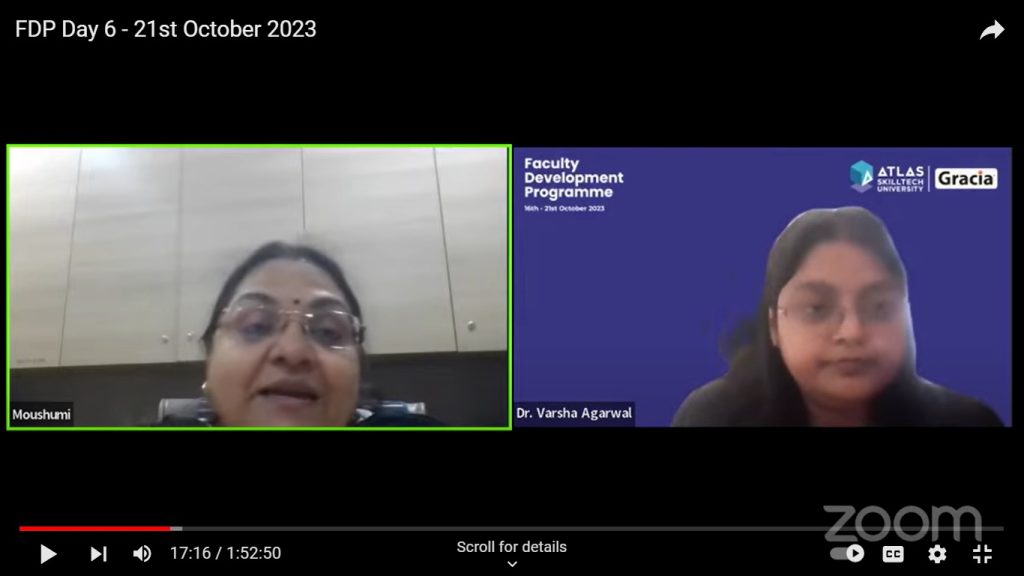
The sixth day of the National Level Faculty Development Program featured a comprehensive session on “Navigating the Landscape of Research Funding,” which was conducted by Dr. Moushumi Datta, Principal & Professor, Nagindas Khandwala College. This report provides an in-depth summary of the presentation and valuable insights shared during the session.
About Dr. Moushumi Datta
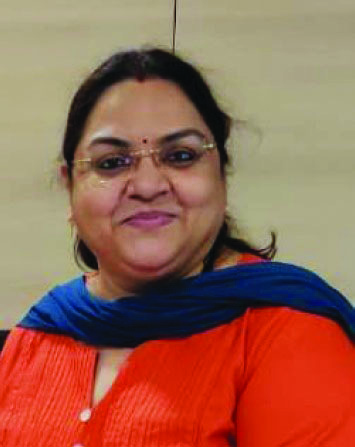
With 29 years of extensive research experience, Dr. Moushumi Dutta, a dual doctorate holder, has made remarkable contributions. She boasts over 101 research papers, 2 reference books and 9 textbooks. Her work includes major and minor research projects funded by ICSSR, UGC and others. Dr. Dutta is also a patent holder, with a substantial presence at conferences and international universities. She has earned numerous awards for her influential research work.
Fundamental Principles for Conducting Research
Dr. Datta initiated the session by discussing fundamental principles for conducting research effectively. Key points included:
- Clear, “Plain” Style: Advocating the use of straightforward language and discouraging the excessive use of complex terminology. However, she highlighted the importance of field-specific jargon where necessary.
- Active Voice: Emphasising the use of direct and clear sentences, avoiding passive voice, and promoting readability.
- Varying Sentence Structure: Encouraging diversity in sentence length and structure to maintain reader engagement.
- Use of Consistent Tenses: Highlighting the importance of consistent use of tenses, particularly present tense in academic writing.
- Peer Review: Stressing the significance of having an external reader review the research paper to provide unbiased feedback.
Format of a Research Proposal for Funding
Dr. Datta provided a detailed outline of the essential components of a research proposal:
- Project Title and Abstract
- Introduction and Conceptual Background
- Problem Statement
- Research Objectives and Hypotheses
- Review of Literature
- Research Methodology
- Innovativeness
- Implications and Relevance of the Proposed Study
- Proposed Budget
- Time Frame, References, and Plagiarism
- Funding Agencies
The session explored various funding agencies available for research projects at international, national, and state levels. Dr. Datta categorised these agencies and provided an overview of some key agencies, their areas of focus, and the types of projects they support. This information is critical for researchers seeking the right funding source for their projects.
- International Bodies: Examples include the World Bank, Asian Development Bank, United Nations agencies and foundations such as the Ford Foundation.
- Ministries: Dr. Datta pointed out that various government ministries offer funding for research projects in specific areas like environment, health, education and more.
- National Bodies: National organisations such as the University Grants Commission (UGC) and Indian Council of Social Science Research (ICSSR) were highlighted for their support of research projects.
Common Errors in Proposal Writing
The presentation concluded with insights into common errors that researchers should avoid in proposal writing:
- Rushing through the proposal.
- Requesting either too much or too little funding.
- Neglecting submission instructions.
- Overloading the proposal with information.
- Using small fonts, narrow margins, or low-resolution figures.
- Citing papers as “in prep” or “submitted.”
Dr. Datta emphasised the importance of careful review and adherence to proposal submission instructions, as it reflects the researcher’s ability to follow instructions, which is crucial in research.
The session on “Navigating the Landscape of Research Funding” by Dr. Moushumi Datta provided valuable guidance to faculty members and researchers on the intricacies of securing research funding. Her comprehensive coverage of proposal writing essentials, coupled with insights into funding agencies and common pitfalls to avoid, equips researchers with the knowledge and tools needed to increase their chances of obtaining research grants. As a result, participants in the Faculty Development Program are better prepared to compete in the research funding arena and contribute to the academic and scientific communities effectively.
ATLAS SkillTech University’s National Level Faculty Development Program has not only empowered over 1400+ educators across the country but also fostered a profound commitment to research and innovation. This weeklong event, in collaboration with experts from prestigious educational institutions and industry leaders, showcased the transformative power of research and its vital role in academia. By addressing key aspects such as research project management, grant proposal writing, budgeting, data collection and analysis, project dissemination, and navigating the research funding landscape, this program has equipped faculty members and researchers with the knowledge and skills essential for high-impact research. The collaborative effort among educators, driven by a shared commitment to knowledge, encourages research among faculty and students, ultimately contributing to the advancement of academic and scientific communities, and nurturing innovation for a brighter future.

